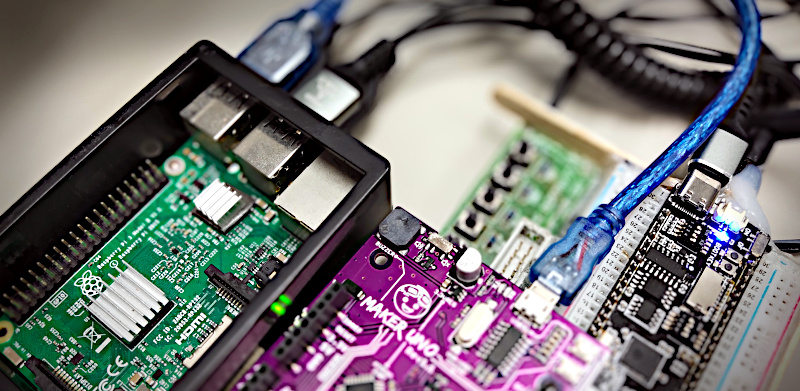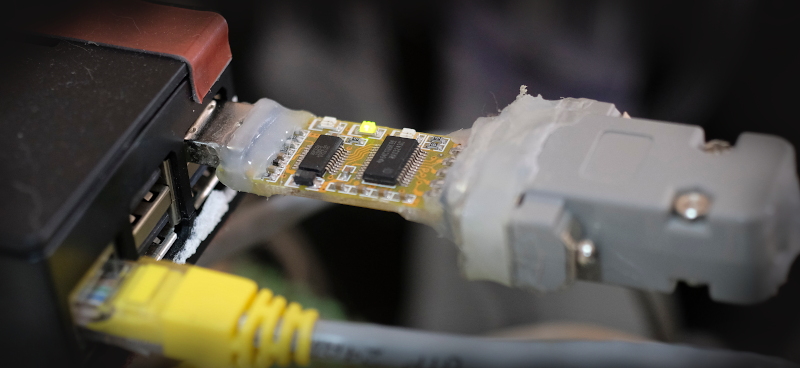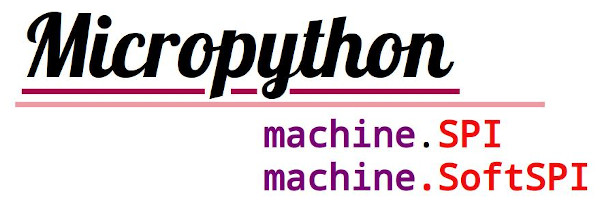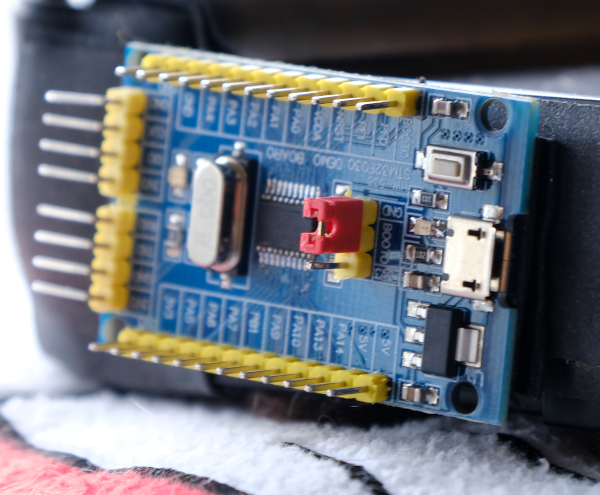[TH] List the serial ports connected to the RPi with pySerial and PyQt5.
จากบทความก่อหน้านี้เราได้อ่านรายชื่ออุปกรณ์ที่เชื่อมต่อกับพอร์ตอนุกรมของบอร์ด Raspberry Pi หรือ RPi ด้วยไลบรารี pySerial ดังภาพที่ 1 ในแบบโหมดตัวอักษรไปแล้ว ในบทความนี้เป็นการผนวกหลักการทำงานจากก่อนหน้าเข้ากับการใช้ส่วนติดต่อกับผู้ใช้แบบกราฟิกส์ หรือ GUI (Graphics User Interface) ผ่านทางไลบรารี PyQt5 โดยแสดงรายการเอาไว้ใน combobox เพื่อให้ผู้ใช้งานเลือกใช้งานได้ แต่ถ้าไม่พบพอร์ตสื่อสารอนุกรมที่เชื่อมต่อกับบอร์ด RPi จะปิดการใช้งานของ combobox ไม่ให้ผู้ใช้งานเลือกใช้งาน ดังนั้น บทความนี้จึงมีเนื้อหาเกี่ยวกับการประยุกต์ใช้ pySerial กับการใช้งานของ QLabel และ QComboBox ในไลบรารี PyQt5









